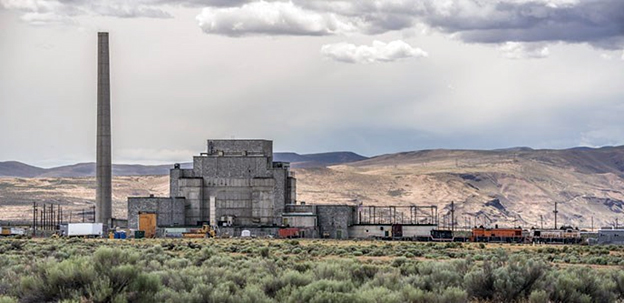Trustee Council Approves Framework for Terrestrial Restoration Planning
JUNE 3, 2019 — Last week marks a major accomplishment for restoration at the Hanford Nuclear Site in eastern Washington State.

The Natural Resource Trustee Council has voted on and approved a framework for developing plans to restore terrestrial habitat along the Columbia River, which has a long history of pollution.
For nearly 30 years, U.S. Department of Defense and the Department of Energy produced tons of plutonium for use in the atomic weapon program, producing hazardous chemicals and radioactive materials. Some of these contaminants leaked into the land and water, with impacts on both aquatic and terrestrial habitats.
Despite the contamination, the Hanford Nuclear Site is home to unique and diverse fish, wildlife, and plants. These include multiple runs of Chinook salmon and steelhead, sage-grouse, bald eagle, elk, and many others.
With this project, representatives of the Tribes, state agencies, and federal agencies that make up the Trustee Council collected and analyzed information on habitat conditions of terrestrial, shrub-steppe habitat at the Hanford Nuclear Site and provided a framework for restoration planning.
This accomplishment is an important landmark in the process to compensate the public for losses and restore natural resources injured by pollution at the Hanford Nuclear Site.
For more information contact Lauren.Senkyr@noaa.gov or Troy.Baker@noaa.gov.
